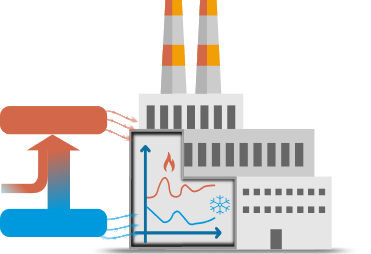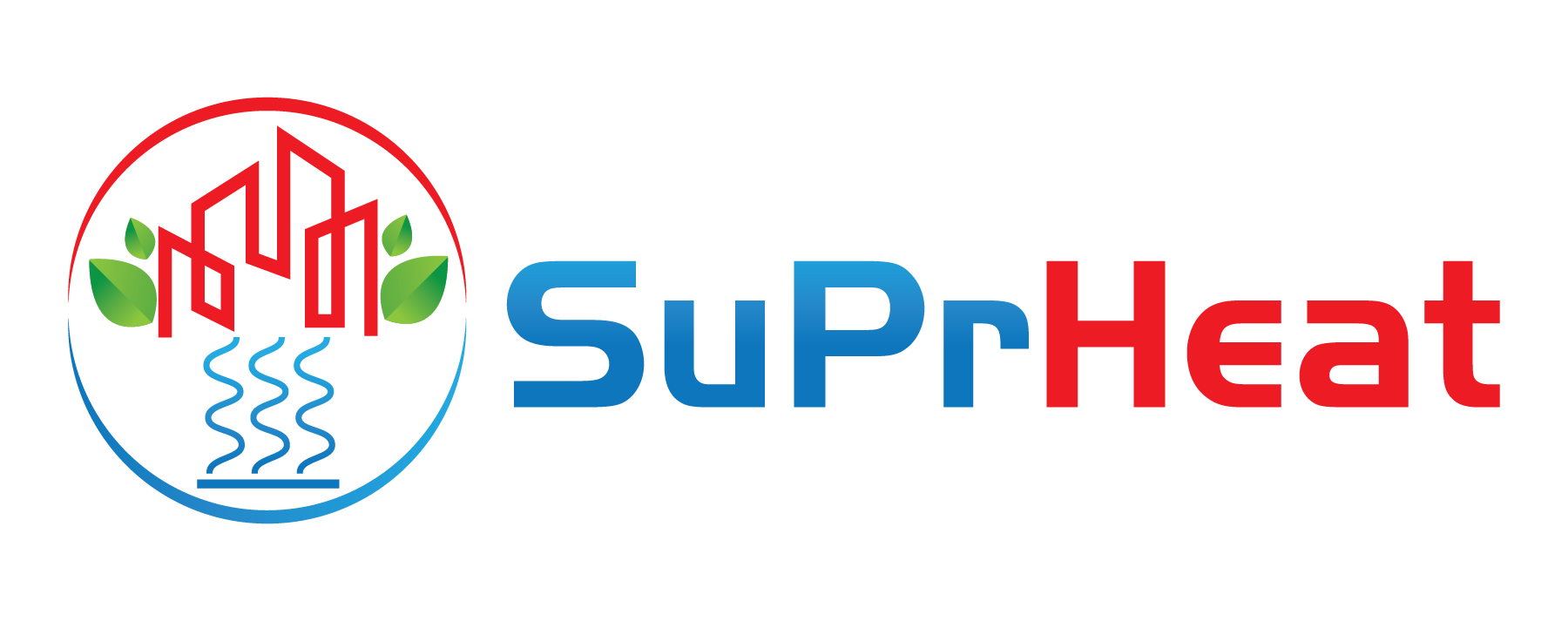
Refrigeration and high-temperature heat pumps systems combined
Combining the refrigeration system and the high-temperature heat pump to improve the overall efficiency.
Combining the refrigeration system and the high-temperature heat pump into a single heat pump for simultaneous heating and cooling (HPS) can improve the overall efficiency of delivering heating and cooling by reducing the wasted energy normally expelled to the ambient.
Thermodynamic advantage
When operating a heat pump system, two thermal energy streams, one for cooling and one for heating, are produced simultaneously without further consumption of electricity. The heat from the refrigeration cycle that is normally expelled to the ambient is directed into the high-temperature heat pump. The temperature level is no longer fixed at outdoor temperature leading to optimal thermodynamics independent of the ambient conditions.

Challenges with heat pump systems
Combining the refrigeration system and the high-temperature heat pump improves the overall efficiency. However, the integration can be challenging as the heating and cooling demands are coupled. Therefore, it is interesting for the user that the HPS operates in simultaneous mode as much as possible. As the energy demand of industrial processes varies throughout the days and months, either heating or cooling will be in excess in most operating conditions when fulfilling the needed heating and cooling demands of the processes. The heat pump system will, therefore, either expel the excess to the ambient or fill a thermal storage for future consumption. However, as the variations get bigger, the larger the storage needs to be to overcome this.

Case study
Read a case study about combined refrigeration and high-temperature heat pumps systems for a Danish brewery.
Download poster
Investigation of industrial high temperature heat pumps for simultaneous heating and cooling.
